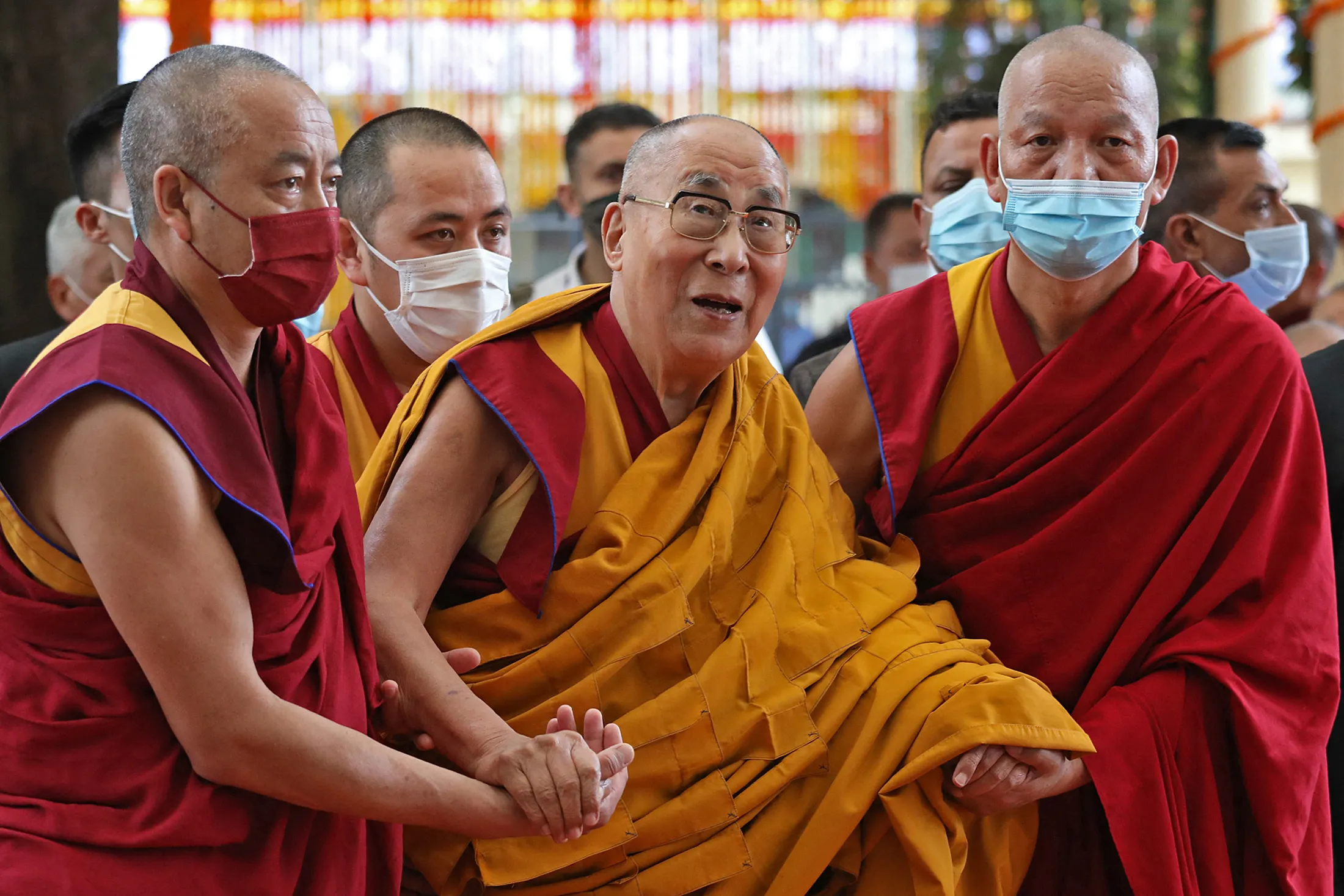In China, the holy month of Ramadan is a combination of religious prayers, social harmony, and self-restraint for the Muslim community.
. Before the start of Ramadan, Muslim families in China clean their homes thoroughly, even scrubbing rooftops and walls.
In China, the holy month of Ramadan is a combination of religious prayers, social harmony, and self-restraint for the Muslim community.
In China, the holy month of Ramadan is a combination of religious prayers, social harmony, and self-restraint for the Muslim community. Before the start of Ramadan, Muslim families in China clean their homes thoroughly, even scrubbing rooftops and walls. Verses from the Quran are displayed on walls, and mosques are furnished with new carpets and furniture — a practice common across the Muslim world.
In China, fasting during the month of Ramadan is mandatory for children. Girls start fasting from the age of 9, and boys from the age of 12. During this month, wealthy Muslims in China become more generous with charity. Muslims go to mosques bringing food and drinks, which they share with others in the community.
After Ramadan begins, mosques try to open their doors to introduce both Muslims and non-Muslims to the teachings of Islam. Every year, several preachers from the Al-Azhar mission in Egypt are sent to Muslim towns and neighborhoods in China. These Egyptian preachers visit places like Beijing’s Niujie Mosque, inspiring enthusiasm among Chinese Muslims.
One of the most important activities during Ramadan is the organization of communal iftars, which strengthen bonds among members of the Muslim community. In China, iftar tables are generally round and filled with a variety of foods, with particular attention given to avoiding food waste.
Chinese iftar meals are typically divided into two parts. In the first part, tea is served along with watermelon, after which everyone performs prayers. In the second part, the main meal consists of rice, a variety of vegetables, and mutton. There are over 5,000 types of halal foods in China, including chicken, fried mutton, meat curry, mutton with nuts, and roast beef.
Special attention is given to the suhoor (pre-dawn meal). For them, this is considered the main meal, as their fasting hours are long. Additionally, since the Chinese generally eat five times a day, this meal is of great importance to them.
At night, special prayers (Tahajjud) and communal suhoor gatherings are organized. After the Tarawih prayers, sermons (waaz) are delivered, followed by a Q&A session so that everyone can benefit.
Moreover, Egypt's popular Ramadan lanterns are very popular in China. These lanterns, which were once used to light up homes and neighborhoods, have now become one of the key symbols of Ramadan. There is widespread import of these lanterns from China, and it has become a significant business across the Muslim world.
The customs and festivities of Ramadan in China’s Muslim community are considered a unique representation of Muslim culture worldwide.









